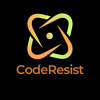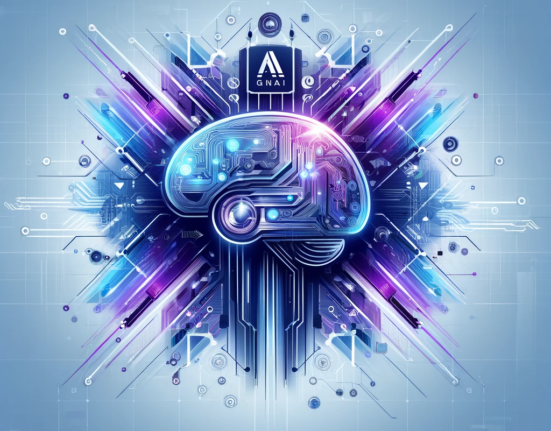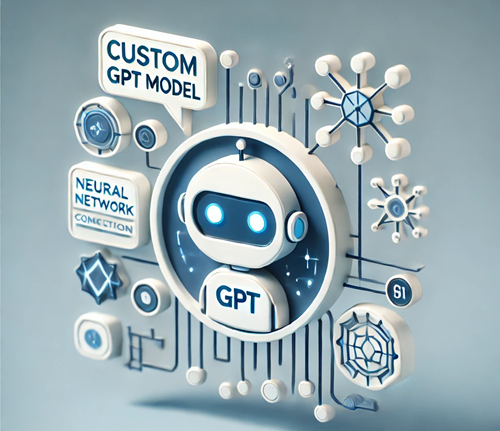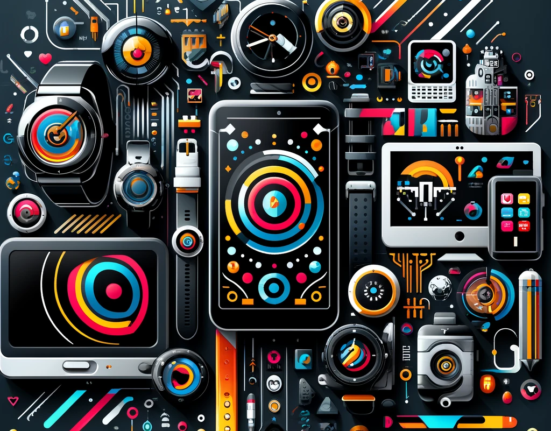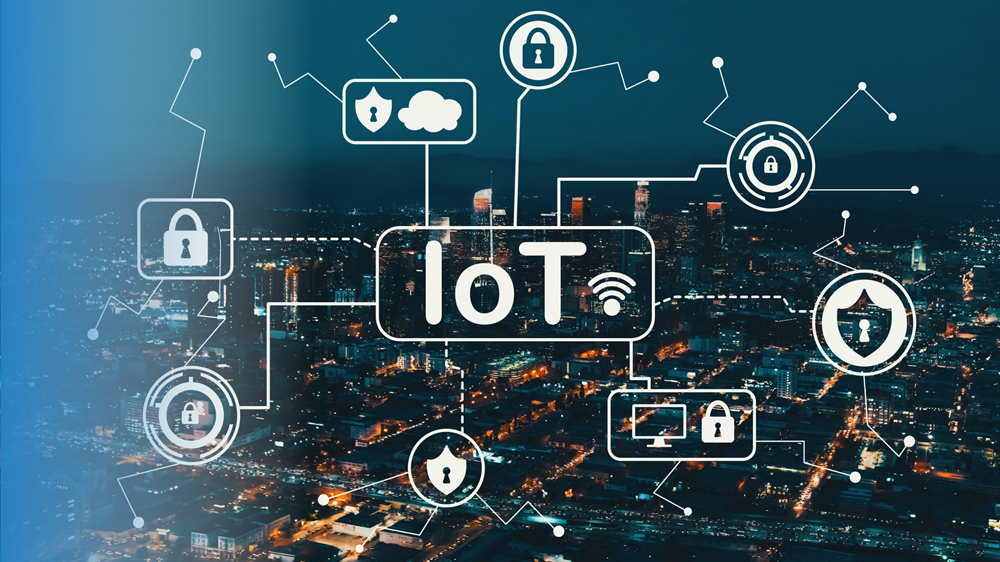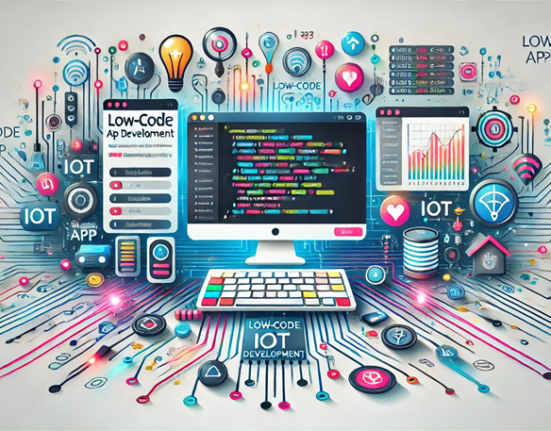Top 10 Low Code IoT Platforms in 2024: Simplify Your IoT Development
The Internet of Things (IoT) is transforming industries by connecting billions of devices worldwide, enabling automation, data collection, and smart operations. As the IoT landscape grows, so does the complexity of developing and managing IoT solutions. Low-code IoT platforms have emerged as a key solution, simplifying the development process and enabling faster deployment with less coding required. Here, we rank and review the top 10 low-code IoT platforms that are making significant impacts in the market in 2024.
What is IoT and IoT Platfomrs
IoT, or the Internet of Things, refers to the network of physical objects — “things” — that are embedded with sensors, software, and other technologies for the purpose of connecting and exchanging data with other devices and systems over the internet. These devices range from ordinary household objects like refrigerators and lighting systems to sophisticated industrial tools. The key to IoT is the integration of the physical and digital worlds, enabling devices to respond intelligently to data, often without human intervention.
IoT platforms are middleware systems that provide a suite of tools and services to develop, manage, and scale IoT applications and solutions across multiple industries. They act as the crucial bridge between the device sensors and data networks, providing backend services to ensure communications, data flow, device management, and application functionality.
What are some of the benefits of low code IoT platforms?
- Faster Time to Market: Accelerate the deployment of IoT solutions with rapid prototyping and configuration tools.
- Reduced Development Costs: Lower the cost of IoT development by minimizing the need for specialized programming skills.
- Scalability: Easily scale your IoT solutions as your needs grow, without needing to rewrite or extensively reconfigure your applications.
- Enhanced Flexibility: Adapt to changing technology and business needs with platforms that support easy modifications and integrations.
- Improved Accessibility: Enable a broader range of your workforce to contribute to and manage IoT solutions, democratizing the development process.
Top 10 Low Code IoT Platforms
Thunkable
- Overview: Thunkable is a powerful drag-and-drop app builder designed to enable users to create mobile apps that can easily integrate with IoT devices. It supports both iOS and Android platforms and includes a variety of customizable templates and user interface components.
- Best for: Entrepreneurs and developers without prior coding experience who want to build mobile-centric IoT applications.
- Key Features: Cross-platform app development, live testing, and integration with popular APIs and services like Google Sheets, Firebase, and more.
Fogwing
- Overview: Fogwing provides an industrial IoT platform that offers tools for machine automation, data analytics, and cloud storage, making it easier to manage industrial operations and data insights from IoT devices.
- Best for: Small to medium-sized enterprises in manufacturing and logistics who need robust IoT solutions for automation and data analysis.
- Key Features: Edge computing, machine learning capabilities, and easy integration with existing industrial equipment.
Flowfinity
- Overview: Flowfinity is a no-code platform that lets businesses create customizable IoT applications. It allows for the automation of complex workflows and is particularly useful in managing field operations data and integrating mobile forms and dashboards.
- Best for: Organizations that manage field operations and need custom applications for data collection and operational oversight.
- Key Features: Interactive dashboards, deep integration capabilities, and real-time data updates.
Axonize
- Overview: Axonize uses a unique approach to IoT with its microservices architecture, which enables unprecedented scalability and flexibility. It’s designed for service providers and large enterprises that manage multiple complex IoT applications.
- Best for: Large enterprises or service providers looking for a highly scalable IoT orchestration platform.
- Key Features: Rapid deployment of customized applications, a rule engine for smart automation, and multi-tenant capabilities.
Akenza
- Overview: Akenza is a self-service IoT platform that allows you to connect, control, and manage IoT devices with minimal coding effort. It supports a wide range of connectivity options and is designed for smart IoT solutions.
- Best for: Businesses of all sizes looking to deploy smart IoT solutions quickly and efficiently.
- Key Features: Easy connectivity setup, rule engine, and data visualization tools.
Losant
- Overview: Losant provides an enterprise IoT platform focused on building connected solutions. It includes robust developer tools, visualization dashboards, and data orchestration features.
- Best for: Enterprises that need a comprehensive platform to build sophisticated IoT applications.
- Key Features: Real-time data visualization, edge computing, and secure device connectivity.
Origami
- Overview: Origami is a low-code platform that leverages the power of visual programming for rapid IoT application development. It is particularly effective for creating smart city and building management systems.
- Best for: Governments and enterprises focusing on smart infrastructure projects.
- Key Features: Scalable application templates, integrated analytics tools, and support for numerous IoT protocols.
Blynk
- Overview: Blynk provides a digital dashboard where you can build IoT applications with drag-and-drop widgets to control hardware. It offers a mobile app editor and hardware connectivity through cloud services.
- Best for: DIY enthusiasts and smaller enterprises looking for customizable, user-friendly IoT solutions.
- Key Features: Mobile app development, real-time control and monitoring, and extensive widget library.
Vantiq
- Overview: Vantiq is designed to facilitate real-time business operations through its high-speed data processing capabilities. It supports the rapid development of applications that can respond instantly to events and data from IoT devices.
- Best for: Businesses that require real-time event-driven applications.
- Key Features: Real-time analytics, dynamic scalability, and integration with AI and machine learning models.
Cedalo
- Overview: Cedalo is a platform that offers streamlined management of streaming data and complex event processing. It is ideal for managing large streams of data from IoT devices and sensors.
- Best for: Companies focusing on real-time data streaming and complex event processing.
- Key Features: Streamsheets for real-time data processing, easy scalability, and MQTT broker integration.
These platforms offer a range of capabilities tailored to different needs and sectors, ensuring that businesses can find a suitable solution for their specific IoT initiatives.
As we advance further into the digital age, the Internet of Things (IoT) continues to expand its influence across various sectors, transforming everyday business operations and offering unprecedented opportunities for growth and innovation. The top 10 low-code IoT platforms we’ve explored today are at the forefront of this transformation, providing powerful, flexible, and scalable solutions that democratize IoT development.
These platforms are not just tools; they are game-changers, making IoT accessible to a broader range of professionals and simplifying the complex processes involved in IoT deployment. By reducing the need for extensive coding, these platforms allow teams to focus more on strategic initiatives and less on technical implementation, speeding up the time to market and enhancing the ability to adapt to changes swiftly.
For businesses looking to stay competitive in a rapidly evolving technological landscape, investing in a low-code IoT platform can provide a significant advantage. Whether you are a small startup or a large enterprise, the right low-code IoT platform can help streamline your operations, enhance data-driven decision making, and open new channels for customer engagement and service.
In conclusion, as IoT continues to grow in scope and complexity, the role of low-code platforms will become increasingly crucial. They bridge the gap between advanced technology and practical business applications, ensuring that companies of all sizes can harness the power of IoT to drive innovation and success. The future of IoT is here, and low-code platforms are ready to lead the charge.
100+ IoT Use Cases
Dive into our comprehensive guide featuring 100 innovative IoT use cases across various sectors.
Low Code FAQs
What is Low-Code?
Low-code is a software development approach that requires minimal coding to build applications and processes. It utilizes visual interfaces with simple logic and drag-and-drop features instead of extensive coding languages. This approach enables faster delivery of applications, with less technical skill required, making it accessible to a broader range of people within an organization.
What are Low-Code Platforms?
Low-code platforms are development environments that allow users to create applications through graphical user interfaces and configuration instead of traditional hardcore programming. These platforms provide tools like visual editors and pre-built templates to simplify the design, integration, and deployment of software applications. They are particularly beneficial for developing business applications, mobile apps, and workflow automation tools efficiently.
What are Low-Code Apps?
Low-code apps are applications developed using low-code platforms, which minimize the amount of hand-coding needed. These apps can range from simple database apps to complex integrated systems for business processes. The key characteristic of low-code apps is that they are quick to develop and can be easily adjusted as business requirements change, without the need for deep programming expertise.
What is Low-Code App Development?
Low-code app development refers to the process of creating applications using low-code technologies that allow developers and even non-developers to build applications quickly and with less coding. It supports the rapid development, deployment, and iteration of applications by offering tools like drag-and-drop interfaces, pre-coded modules, automated data handling, and easy integration with other software. This method is highly effective for organizations needing to innovate quickly and respond to technological or market changes swiftly.
